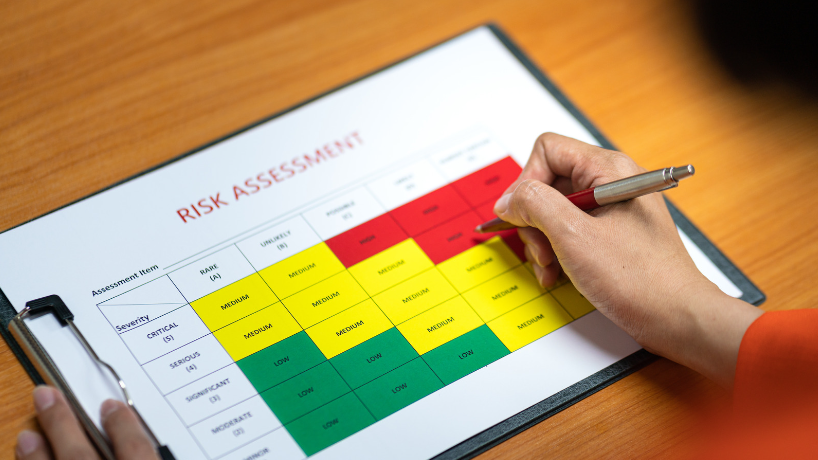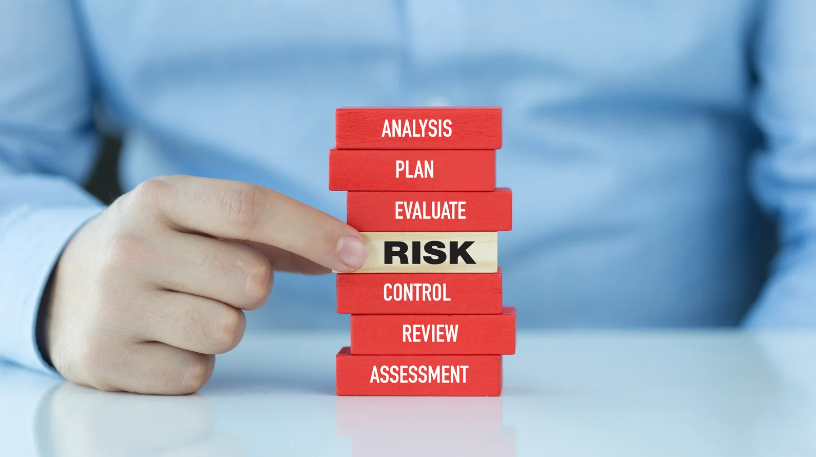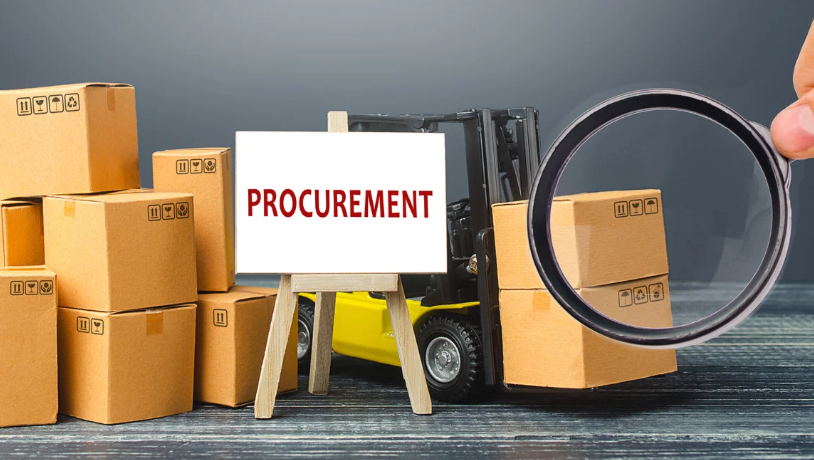Embarking on a new project can be exhilarating, but it’s crucial to navigate potential risks effectively. In project management, a well-structured risk register project management serves as a compass, guiding teams through uncertainties and pitfalls. As a seasoned project manager, I’ve witnessed firsthand the transformative power of a meticulously maintained risk register project management in steering projects towards success.
The essence of a risk register project management lies in its ability to proactively identify, assess, and mitigate risks before they escalate into major roadblocks. By documenting potential risks, their impacts, and proposed responses, project teams can stay ahead of the curve and make informed decisions. In this article, I’ll delve into the intricacies of building and leveraging a robust risk register to enhance project outcomes and ensure smooth project delivery.
Risk Register Project Management
Defining Risk Register
 Defining a risk register project management in project management is vital as it serves as a crucial tool for systematically documenting and managing potential risks throughout a project’s lifecycle. It is a comprehensive repository that catalogs identified risks, their potential impact, probability of occurrence, proposed responses, and responsible parties. This document is dynamic and requires regular updates to ensure its relevance and effectiveness in risk management.
Defining a risk register project management in project management is vital as it serves as a crucial tool for systematically documenting and managing potential risks throughout a project’s lifecycle. It is a comprehensive repository that catalogs identified risks, their potential impact, probability of occurrence, proposed responses, and responsible parties. This document is dynamic and requires regular updates to ensure its relevance and effectiveness in risk management.
The importance of a risk register project management cannot be overstated. It is the cornerstone of proactive risk management, enabling project teams to anticipate, evaluate, and address risks before they escalate into critical issues. By maintaining a centralized record of risks and corresponding mitigation strategies, project managers can make informed decisions, allocate resources efficiently, and enhance project success rates.
Components of a Risk Register
Identifying Risks
 To create a comprehensive risk register project management, I start by identifying potential risks that could impact my project. I list specific events or situations that may occur and create a detailed description of each risk. This step is crucial to ensure that no potential threats are overlooked throughout the project lifecycle. By detailing the risks, I can better understand their nature and potential impact on project objectives.
To create a comprehensive risk register project management, I start by identifying potential risks that could impact my project. I list specific events or situations that may occur and create a detailed description of each risk. This step is crucial to ensure that no potential threats are overlooked throughout the project lifecycle. By detailing the risks, I can better understand their nature and potential impact on project objectives.
Once I have identified all potential risks, I assess each one to determine the likelihood of occurrence and the impact it could have on my project. I use a systematic approach to assign a risk score based on probability and impact, allowing me to prioritize risks based on their severity.
Mitigation Strategies
After assessing the risks, I develop mitigation strategies to reduce the likelihood of risk occurrence or minimize its impact. I proactively plan and implement actions to avoid, transfer, mitigate, or accept risks based on their severity and potential consequences. By devising effective mitigation strategies, I can enhance the project’s resilience and minimize the negative effects of identified risks.
Implementing a Risk Register in Your Project
Steps to Create a Risk Register
 When establishing a risk register project management, the first crucial step is to identify potential risks. I recommend convening with key stakeholders and project team members to brainstorm and list all possible risks that could impact the project. This collaborative approach ensures a comprehensive assessment of potential threats.
When establishing a risk register project management, the first crucial step is to identify potential risks. I recommend convening with key stakeholders and project team members to brainstorm and list all possible risks that could impact the project. This collaborative approach ensures a comprehensive assessment of potential threats.
The next step is to assess the likelihood and impact of each identified risk. Utilizing a qualitative or quantitative risk assessment matrix can aid in categorizing risks based on their probability and potential consequences. This step helps prioritize risks based on their severity, allowing you to allocate resources efficiently towards managing high-priority risks.
Tools and Software for Risk Management
Incorporating specialized tools and software can streamline the risk management process and enhance the efficacy of your risk register project management. Utilizing project management software like Asana, Trello, or Jira can facilitate the creation of digital risk registers that allow for real-time updates and collaboration among project team members.
Moreover, dedicated risk management software such as Risk Cloud, Oracle Primavera Risk Analysis, or Palisade @RISK offers advanced features for risk analysis, modeling, and simulation.


